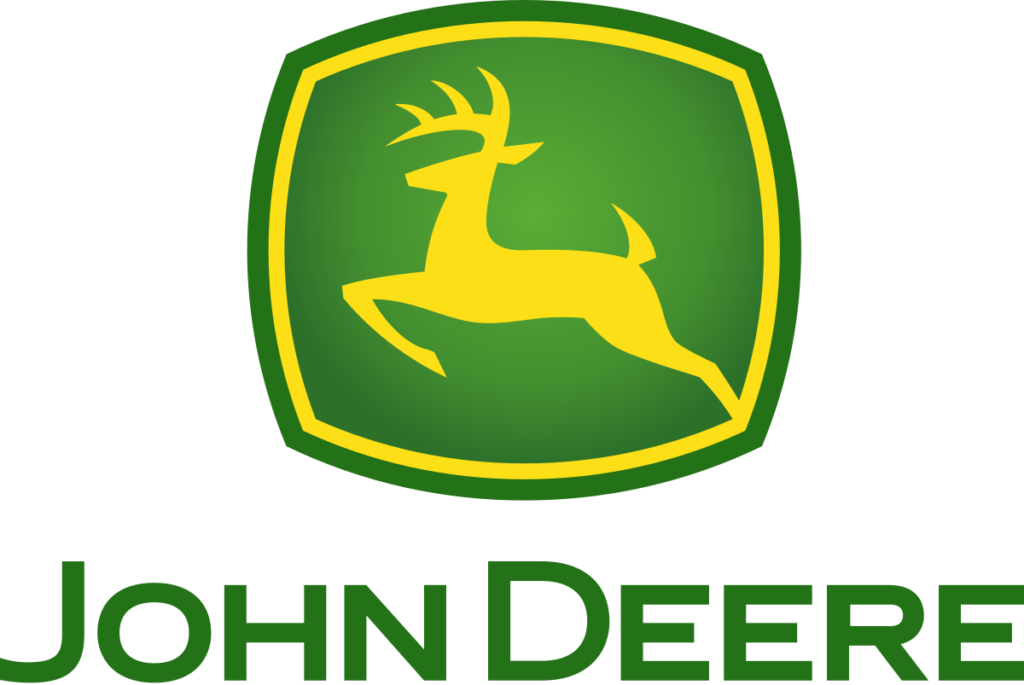Nov. 13 Destination QC! Honors leaders, marks Visit QC’s 35th year
QCBJ News Staff

John Deere’s stock was soaring even before markets opened today, Feb. 17, after the agricultural, construction and forestry equipment giant reported first quarter earnings of $1.959 billion, or $6.55 a share, on $11.4 billion in equipment sales.
The Moline-based Fortune 100 company also raised its outlook for fiscal year 2023, predicting instead “another strong year” for Deere & Co.
According to the 2023 Q1…

Get immediate, unlimited access to all subscriber content and much more.
Learn more in our subscriber FAQ.
Do you want to read and share this article without a paywall?
